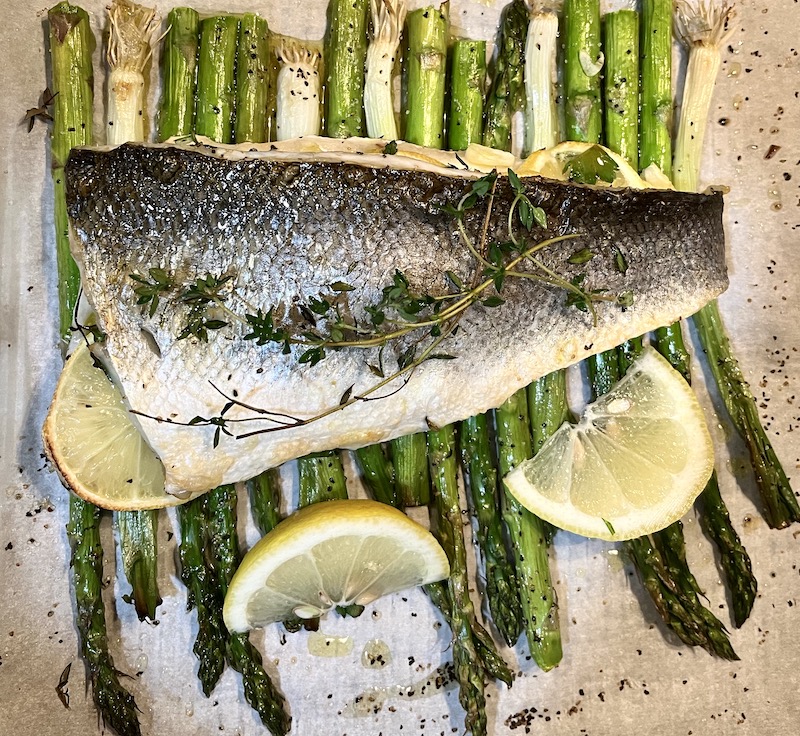How to Wash Your Workout Gear
myfitnesspal.com August 26, 2015
Remember the iconic scenes from the “Rocky” movies when Sylvester Stallone runs up the stairs of the Philadelphia Museum of Art, pumping his fists in triumph as he reaches the top? Now, do you remember what he was wearing? Allow me to jog your memory: a full cotton sweat suit. While Rocky remains an inspiring character, when you consider the advances made in the materials used to construct workout wear, his choice of ensemble would be questionable at best in today’s world.
In 2015, you’d be hard-pressed to find any serious workout gear made from the same fabrics Rocky relied upon. To be sure, there’s a saying in the fitness industry, “Cotton is rotten.” This is a result of the fact that cotton absorbs and holds sweat during (and long after) workouts, making you feel heavy, hot and wet during exercise and then chilly when you stop moving.
The newest class of workout gear made from “technical” fibers will wick sweat away from your body and control temperature close to your skin. This means you’ll be more comfortable while working out, rather than lugging around heavy, sweat-soaked cotton. You’ll pay more for the performance wear, of course, but once you switch, you’ll wonder why you didn’t do it sooner.
Just because today’s workout wear is high tech, however, doesn’t mean it’s stink-free. Some brands tout special antimicrobial properties, but, in most cases, a single workout will leave your duds rank and in need of washing.
Since tech fibers can be more delicate than those of Rocky’s famous sweat suits, there are some general rules you should follow when washing them if you hope to preserve them. If you’ve ever washed your workout clothes only to find that they still stink after the fact, you’ve probably already come to this conclusion. Not only can washing them the wrong way mean they don’t get clean, but it can also degrade the fibers and shorten the life span of some very expensive exercise ensembles.
Here are the do’s and dont’s of washing your workout gear:
1. Don’t use fabric softener.
Fabric softener can often be blamed for keeping workout clothes from getting totally clean when they are in the wash cycle. Since it tends to coat these types of fibers, fabric softener prevents them from being able to absorb the water when being washed.
2. Don’t use too much detergent.
In the same way that fabric softener can keep water in the wash cycle from penetrating fabrics, so can detergent. Use slightly less than you would for your regular clothes, and this should limit the viscosity enough to do the job.
3. Do use sport-specific detergent.
There are a number of special detergents on the market formulated for washing workout clothes. If you find your duds are particularly stinky, this is a good thing to try.
4. Don’t let your gear sit around.
Mold and mildew can begin to grow on workout gear that is left in a gym bag or laundry basket. Be sure to get those items in the washing machine sooner rather than later to prevent the buildup of nasty stenches.
5. Do soak stinky items.
By soaking the worst-smelling garments in one part white vinegar to four parts water, you can often kill anything that’s particularly pesky when it comes to odors. Throw them in a bucket or sink for a half hour prior to washing.
6. Do use cold water.
Since technical fibers are generally on the delicate side, in most cases it’s best to use cold water to wash them. This will help maintain any special performance properties for many workouts to come.
7. Don’t cook your clothes.
Setting the dryer to tumble-dry low is usually your best bet with workout gear. Even better: Consider line-drying outside. These approaches prevent you from drying out spandex, Lycra and other similar fibers.
8. Don’t submerge your kicks.
Unless you’re ready to turn your workout footwear into lawn-mowing shoes, don’t put them in the washing machine. You can degrade the midsole cushioning and render them less protective when it comes to pavement pounding and other active endeavors.
9. Do read the label.
Performance fabrics often require special care beyond these do’s and don’ts. Always check the label to ensure you’re maintaining the integrity of the performance fibers and any special attributes, like UPF, anti-odor or compression.



